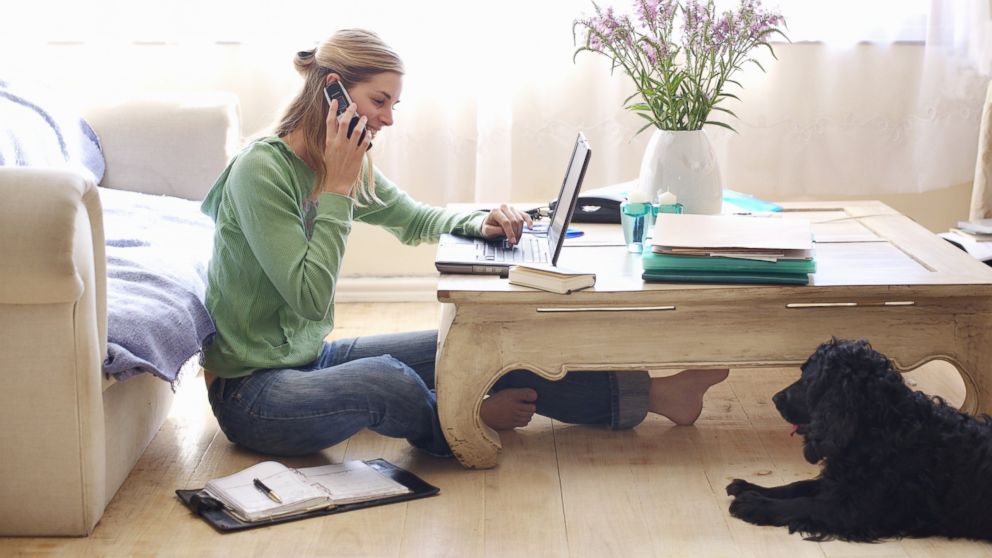There has been a great deal of anticipation about the COVID work from home experiment, and it appears that the upside is the many benefits of remote work which has generally improved the performance of office workers by nearly 30% in productivity with very low overhead costs. A huge win in the workforce in the United States of America.
Even with the overwhelmingly positive results and huge benefits to the bottom lines of companies and organizations who have successfully embraced (and cashed-in on) the telecommute work-from-home model has not without its challenges.
At the very least, Internet connectivity, having the basic electronic devices required, being able to have an effective workspace within the home, and managing family around the home office are the basic requirements to have nailed down in the beginning.
The first real concern to show up was paranoia among management. “How can we be expected to trust employees working from home?” The first wave of response was to attempt to initiate surveillance efforts to micromanage remote workers. The results appear to indicate counterproductivity as initial increases in productivity began to decline.
In the new world of the telecommuter, a reasonable degree of trust must be part of the foundation of the teleworking agreement. Employers must find other ways and means of tracking individual employee productivity over time, besides looking over the shoulder of staff members.
After all, they are working from home, which means they could be doing practically anything from drinking on the job to working naked for all we know (and they are).
Nevertheless, for the companies and organizations who fully embrace the idea of staff working from home, their number are up, and expenses are down.
While all the numbers are looking good, it appears that telecommuters in the $150,000-range (and up) are seeing the greatest increase in productivity and value to the employers during this period of time when we are testing the waters of sending workers home to work.
At the same time, other industries that do not translate as well to the telework atmosphere, are barely staying alive, and some of them are closing their doors forever. Channels such as manufacturing, warehousing, transportation, and hospitality, are experiencing the greatest challenges and struggle for survivability during these unprecedented times.
Telecommuters are facing their own set of challenges, such as a general decline of overall mental health, while family viability in workers’ households is declining at an alarming rate, causing some parents to have to make a choice between work and family.
One of the biggest issues for remote workers to tackle is how to manage work tasks amid the various distractions that might vie for one’s attention in a work from home environment. This is in huge contrast to being secluded in a safe and sane corporate office setting, where very little effort need be exerted to focus on tasks at hand.
Instead of the brief interactions that may distract you briefly at the office, home office interruptions may include anything from doorbells, phones ringing, dishes in the sink, impatient children and/or pets desiring attention, and the list goes on and on.
Kids at home who are attending schools remotely online are also a growing concern for telecommuters.
Being able to set up a home office space that has separations from the rest of the household and establishing boundaries seems to help remote workers manage distractions that might otherwise negatively affect their overall performance.

